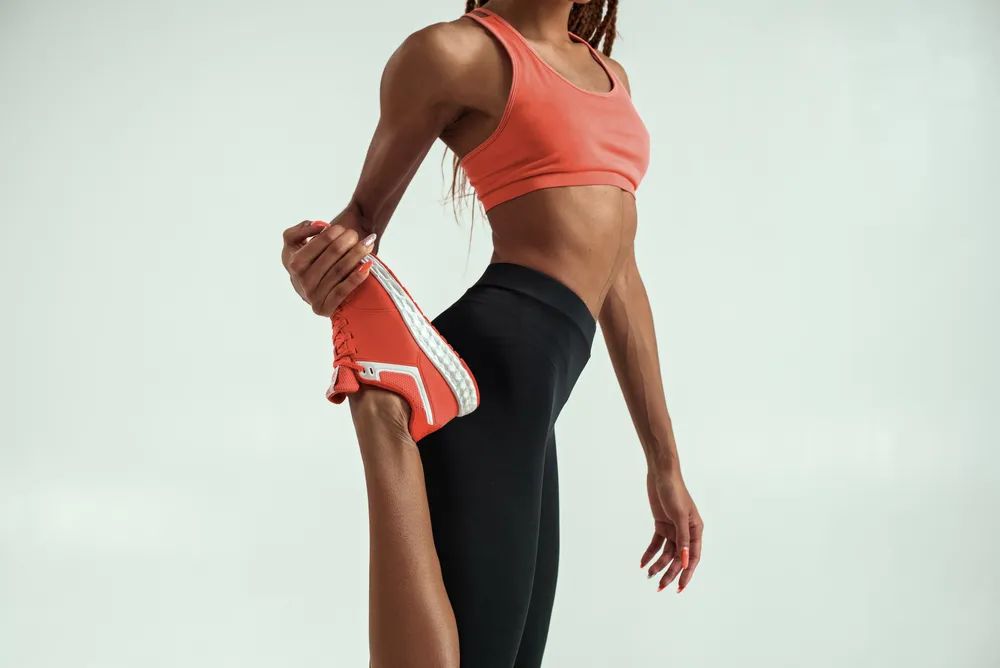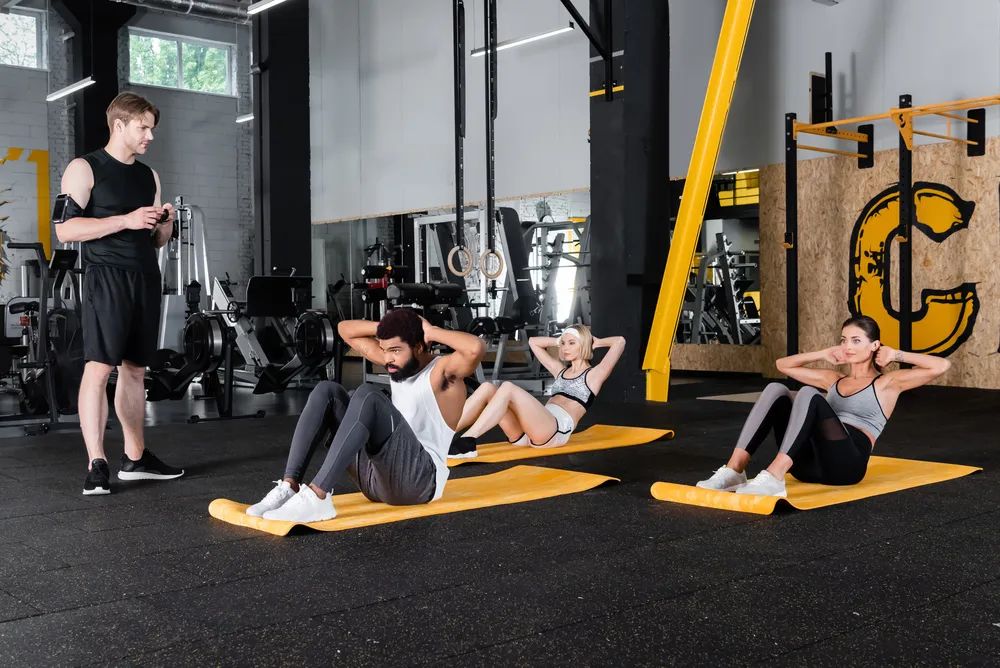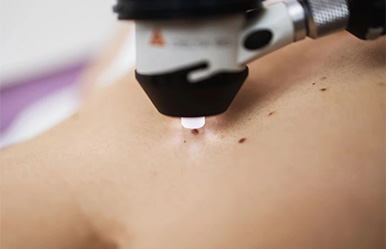Preventing Common Sports Injuries
2023-04-28
PARKWAY 百汇医疗 Sports can be a fun and rewarding way of staying healthy, and with the coming warmer weather many of you may be thinking of increasing your physical activity. However, returning to sports, especially if after a long period of inactivity, can carry with it a risk of injury. These injuries are not only painful, but can prevent you from doing what you enjoy for an extended period of time. Fortunately, there are many steps you can take to prevent sports injuries and ensure you enjoy your favourite activities for years to come. ✦ Warming Up You may hear this the most often, but it’s also one of the most important step in preventing injuries. This applies whether you are a complete newbie to sports, or a seasoned veteran. Warming up doesn’t mean a prolonged stretching session; in fact, the latest research has shown that intensive stretching before exercise can actually increase the risk for injuries. What warming up means is moving your muscles/joints within their current functional ranges, heating up your muscles and increasing your heart rate and blood circulation. Warm-ups should typically last at least 5 to 10 minutes, and target all major muscles groups you will be using during your activity. ✦ Pacing Yourself One of the most common reasons for injury is selecting an activity that is too far above your current capabilities. This can mean selecting a weight that is too heavy for you at the gym, or doing too many repetitions. It can mean doing an intensive all day hike, when you haven’t hiked recently. Or attempting to run a half-marathon run without proper training. What it all boils down to is knowing your current capabilities, and to progressively increase your activity intensity. It also means listening to your body during the activity, and taking breaks when you feel an increase in pain anywhere. This applies especially to those of your returning to sports after a long period of inactivity. During this period, you lose connection to your body, making it more difficulty to gauge what your body can or cannot do physically. It takes time to rebuild this connection to your body as you return to physical activity, and it can’t be rushed. Start with an easy work-out, slowly build yourself up from there and take an adequate amount of breaks in between! ✦ Knowing Your Weaknesses Are you prone to getting back or neck pain? Have you sprained your ankles multiple times in the past? Do your knees often hurt after running? Being aware of your current weaknesses and areas that are more prone to injuries is essential. It allows you to prepare and strengthen what is weak, and to essentially eliminate your weakest links. For instance, a weak core, or poor posture, may be the cause of your back pain. Weak hip and leg muscles may contribute to your knee pain. And those who often sprain their ankles usually have decreased ankle proprioception, stability and strength. Your physiotherapist can help you identify these weak areas in your body, correct your posture, and work with you to progress your exercises so that you can fully engage in your favourite sports. ✦ Using Proper Forms and Techniques Having the proper form when performing your sport or activity is also important in preventing injuries. This may involve taking lessons from a personal trainer, coach or physiotherapist to learn the correct movement patterns and posture for your sport. There are also a lot of resources online which may help you achieve the perfect form. Pay close attention to your posture, muscles activated and breathing. For certain activities, it helps to practice in front of mirrors, or to film yourself. ✦ Proper Hydration and Nutrition Thefood we eat and the fluids we consume provide our bodies with the necessaryenergy and nutrients to perform at their best and recover efficiently. Without sufficient fuel and hydration, athletes are more susceptible to injury, inparticular fatigue, dehydration and heat stress related injuries. Having abalanced diet and good hydration is important far beyond the scope of injuryprevention. Article contributed by Zili Wang, Physiotherapist of Parkway.

































